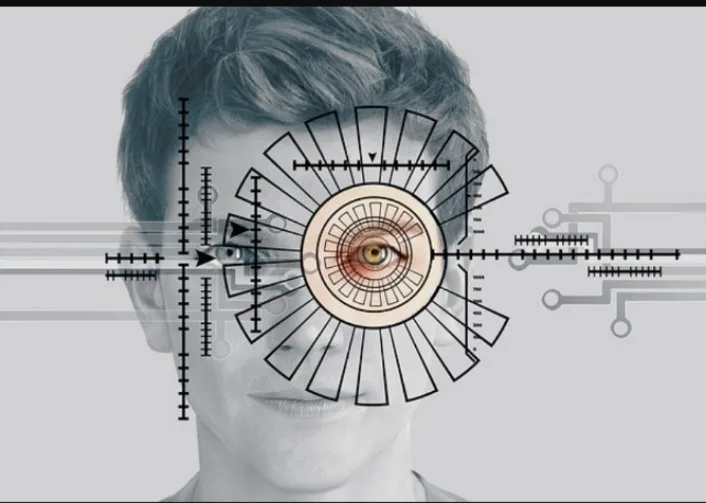Trust Unveiled: 10 Must-Know Differences Between Authentication and Verification
Authentication and Verification are vital in everyday activities, whether establishing a bank account, conducting online transactions or creating new social media profiles. Despite serving analogous objectives, these two notions have definite discrepancies upon closer assessment. Biometrics and other security measures depend on authentication and verification to shield against fraud and cybercrimes.
However, due to data infringements and identity theft, building online trust has grown progressively arduous for individuals and companies alike. Yet, these very factors render prioritizing cybersecurity measures indispensable. We must first examine the identification process to discern the distinction between verification and authentication. The following article examines ten differences between authentication and verification.
Authentication vs. Verification: What’s the main difference?
Authentication and verification serve related but distinct purposes. Authentication focuses on corroborating the identity of a user attempting to access sensitive systems or data. It depends on furnishing credentials – often multiple factors like usernames, passwords, security keys, or biometrics – to guarantee this user is who they claim to be. In contrast, verification centers on validating the accuracy of an assertion or attribute.
Extra documentation or evidence must support the statement’s truthfulness. For instance, confirming a customer’s address may necessitate supplying delivery receipts or signed documents.
While authentication and verification aim to establish trust and authorization, the former deals with user identities and the latter deals with verifying claims. Their complementary roles underpin secure access protocols for digital environments handling sensitive information.
Implementing robust authentication vs verification measures remains imperative for organizations seeking to protect their systems and data from unauthorized access. While this is the main difference between the two terms, other apparent differences are below.

1. Definition
Authentication confirms that the individual endeavoring to access an account is the same entity whose digital identity was formerly verified. It guarantees that solely sanctioned persons can access the account linked to the verified identity, thereby fortifying its security.
On the other hand, Verification investigates an individual’s identity and validates if the information is precise, thereby infusing a substantial scale of credibility in the validation process. Simply Verification affirms an individual’s identity aligned with their assertion.
2. Emphasis
Authentication revolves around corroborating the identity of an entity seeking access through the submission of credentials. These typically take the form of passwords, biometrics like fingerprints or facial recognition, and security tokens that generate one-time codes.
By confirming the entity matches the provided credentials, authentication ensures unauthorized users can’t access sensitive systems and data. In contrast, verification zeros in on appraising the precision or honesty of specific claims made by entities. Rather than validating an entity’s identity, it focuses on discrete data points and information.
Verification includes checking the accuracy of entries on a digital form or documenting key details like addresses. While related, authentication denotes identity confirmation for access control, while Verification denotes validating attributes and statements.
3. Process
Authentication necessitates the comprehensive process of confirming an entity’s identity, often leveraging multiple credentials for enhanced security – known as multi-factor authentication. It involves corroborating that the presenting entity matches the identity claim by validating two or more credentials, like a password and one-time code from an authenticator app.
Meanwhile, verification can comprise a component of authentication flows but does not represent the entirety of identity confirmation. In specific contexts, Verification may focus on discrete details like checking the accuracy of an individual data attribute. But crucially, Verification alone does not authenticate the overall identity of an entity seeking access. It checks specifics but does not fully establish identity.
4. Results
Authentication culminates in either successful identity confirmation or authentication failure—Verification. It results in either affirming the precision of an assertion or failing to verify.

5. Application
Authentication is Utilized in the broader purview of granting access to systems, applications, or resources grounded on verified identity. In contrast, verification Can be exercised across various contexts, like data, document, or identity verification.
6. Instances
An example of Authentication is Logging into a computer system employing a username and password or applying biometric data like fingerprints. An excellent example of verification is evaluating the accuracy of information on a form or validating the legitimacy of a digital signature.

7. Scope
Authentication generally has a more expansive extent, entailing establishing an identity for access control. Meanwhile, verification can have a narrower extent, concentrating on discrete details or data points.
8. Continuous vs One-Time
Authentication frequently encompasses ongoing procedures, especially in sessions where users persist in authenticating. Verification can constitute a one-off process to confirm the precision of discrete information or qualities.
9. Framework
Authentication is mainly linked with security and access control in digital domains. In contrast, verification Can be employed across diverse contexts, encompassing data validation, document authentication, and identity confirmation.
10. Security
Authentication broadly pondered a superior security stratum as it includes ratifying the holistic identity of an entity. In contrast, verification may exhibit fluctuating security gradations relying on the precise purview and importance of the assertion being verified.

Final Word
Verification and authentication are integral for safeguarding data, identities, and other sensitive information against illicit access. While sharing complementary roles in security protocols, each process serves distinct purposes. Verification focuses on corroborating the factual accuracy or legitimacy of claims, assets, and transactions.
Meanwhile, authentication centers on confirming identities through credentials to prevent fraud and misuse. Using these processes in tandem enables organizations to uphold stringent access controls, data integrity, and system security – erecting robust defenses against cyber threats seeking to exploit vulnerabilities.
Though distinctions exist, verification and authentication work hand-in-hand to engender trust in digital environments where ensuring protection, privacy, and authorization remains paramount. Their combined implementation provides layered security capable of thwarting unauthorized infiltration more effectively.